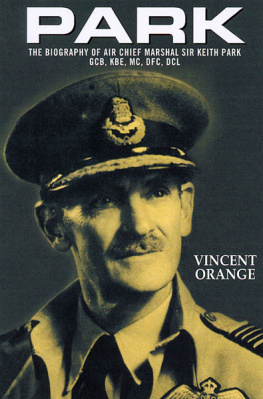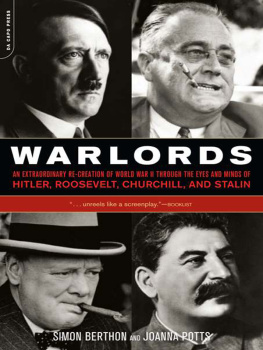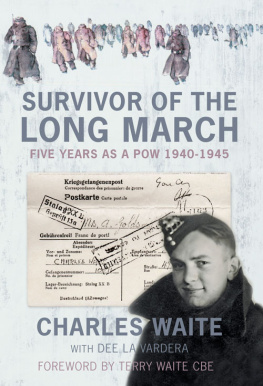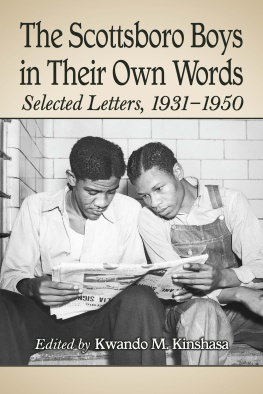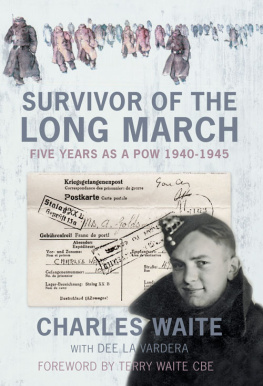HALF-LIFE
ALSO BY FRANK CLOSE

The Infinity Puzzle
Neutrino
Nothing
Antimatter
The Cosmic Onion


Copyright 2015 by Frank Close
Published by Basic Books
A Member of the Perseus Books Group
All rights reserved. Printed in the United States of America. No part of this book may be reproduced in any manner whatsoever without written permission except in the case of brief quotations embodied in critical articles and reviews. For information, address Basic Books, 250 West 57th Street, New York, NY 10107.
Books published by Basic Books are available at special discounts for bulk purchases in the United States by corporations, institutions, and other organizations. For more information, please contact the Special Markets Department at the Perseus Books Group, 2300 Chestnut Street, Suite 200, Philadelphia, PA 19103, or call (800) 810-4145, ext. 5000, or e-mail .
Designed by Trish Wilkinson
Set in 11 point Minion Pro
Library of Congress Cataloging-in-Publication Data
Close, F. E.
Half life : the divided life of Bruno Pontecorvo, physicist or spy / Frank Close.
pages cm
Includes bibliographical references and index.
ISBN 978-0-465-06998-9 (ebook) 1. Pontecorvo, B. (Bruno), 19131993. 2. Nuclear physicistsSoviet UnionBiography. 3. Nuclear physicistsItalyBiography. 4. SpiesSoviet UnionBiography. 5. SpiesItalyBiography. I. Title.
QC774.P66C56 2014
530.092dc23
[B]
2014041019
10 9 8 7 6 5 4 3 2 1
To Abingdonians, present and past
Contents
DID MI5 GET BACK TO YOU AFTER I FORWARDED THEM YOUR LETTER?
When I started to research the life of Bruno Pontecorvo, the nuclear physicist who disappeared through the Iron Curtain at the height of the Cold War in 1950, I didnt anticipate receiving such an inquiry, let alone replying in the affirmative. Nevertheless, my correspondence with the British intelligence agency led me to solve a sixty-year-old enigma: Why did Pontecorvo flee so suddenly, just a few months after the conviction of his colleague, atomic spy Klaus Fuchs? The obvious answerthat Pontecorvo was the second deadliest spy in history, as the US Congress later described himhas hung around for decades, but no proof that he passed atomic secrets to the Soviets has ever been presented, nor has there been any suggestion of the information he might have disclosed. Contrary to popular wisdom, neither the FBI nor MI5 ever located evidence against him. So if Bruno Pontecorvo was a spy, he was most successful. Pontecorvo, a communist who had managed to evade detection and join the Manhattan Project, always insisted that he fled for idealistic reasons, having felt persecuted following Fuchss arrest.
Bruno Pontecorvos passage through the Iron Curtain split his life into two almost-equal halves. This chronological split defined his scientific life: great insights at the end of the first half were frustrated by his move to the Soviet Union and may have cost him his share of a Nobel Prize. His personality was also divided into two complementary halves. On one hand there was Bruno Pontecorvo, the extroverted, highly visible, brilliant scientist, and on the other was his alter ego: Bruno Maximovitch, the enigmatic, shadowy figure who was secretly committed to the communist dream.
There are already two excellent books that provide extensive assessments of Bruno Pontecorvo: The Pontecorvo Affair, by Simone Turchetti, and Il lungo freddo, an Italian text by Miriam Mafai. Turchetti focuses on the first half of Pontecorvos life, the political implications of his defection, and how the British government in particular downplayed his significance at the time of his disappearance. I have profited on many occasions from discussions with Turchetti, not least in evaluating some of the new facts that have come to light during my own investigation. Mafais book is Brunos life story as he would wish it to appear, based on a series of interviews with Pontecorvo late in his life.
Half-Life takes a different approach. I am myself a physicist, and so I focused initially on Bruno Pontecorvos life as a scientist. Klaus Fuchs, Alan Nunn May, and other players in the atomic spy saga were quality scientists, but are known only because of their role in the passing of secrets; Pontecorvo is unique in that he could merit a biography for his scientific contributions alone. The fact that his name has long been associated with those of proven atomic spies simply adds to his interest. Thus I also sought to understand his value to the USSR once he arrived there, to assess what information he could have transmitted to the Soviets before 1950, and to filter truth from myth with regard to his real agenda. I do not examine in any detail the interactions between MI5, the FBI, and their respective governments, mainly because Turchetti in his book, and Timothy Gibbs in his Cambridge University PhD thesis, have already done so. Nor do I offer any sociopolitical commentary on his political beliefs or his reactions to the profound changes he experienced during the dissolution of the USSR; Mafai has covered this, although her personal communist perspective mingles with that of Pontecorvo, and it is not always clear whether her views or his are on display. In order to make the scientific concepts digestible, I have avoided technicalities in several places. Readers who want a more in-depth study of Pontecorvos work and its context can find it in the article Bruno Pontecorvo: From Slow Neutrons to Oscillating Neutrinos by Luisa Bonolis.
Frank Close
Abingdon, March 10, 2014
1950: The Gathering Storm
NEW YEARS DAY 1950: THE FULCRUM OF THE TWENTIETH CENTURY. When the century began, no one knew that the atomic nucleus existed, let alone that it was the custodian of huge reserves of energy. By the centurys end, humanity had learned to live with the possibility of a thermonuclear holocaust. As 1950 dawned, however, less than five years had passed since the atomic bombs at Hiroshima and Nagasaki had ended World War II, and society was only beginning to realize the awful implications.
In a historic English market town near Oxford, one of the fathers of the atomic age celebrated the New Year with his family. Bruno Pontecorvo was thirty-six years old. Sixteen years earlier, as a student of physics, he had contributed to a discovery that would herald a new world of nuclear reactors and atomic weapons. That breakthrough would determine his destiny. By 1950, he had earned a reputation as one of the worlds leading nuclear physicists, had recently published two papers that would lead to Nobel Prizes, and was being courted by physics institutions in both Europe and North America. This brilliant Italian scientist appeared to have an idyllic life. He lived comfortably in a pleasant home near the River Thames. He had an attractive Swedish wife and three young sons.
All seemed perfect, carefree. But Bruno Pontecorvo had a secret.
For more than ten years he had been a member of the Communist Party. At first glance, this might hardly seem to merit comment. Many intellectuals who had grown up in the 1930s and witnessed the vicious effects of fascism had chosen to ally themselves with the communist movement. By 1950, however, anticommunist hysteria was growing in the West and many lives were being ruined. For Bruno it was imperative that his communist links remain secret. During World War II his work had related to the atomic bomb, and now he was again engaged in secret work, at Harwell in the heart of England, where the United Kingdom was building the first nuclear reactor in Europe.
Next page


